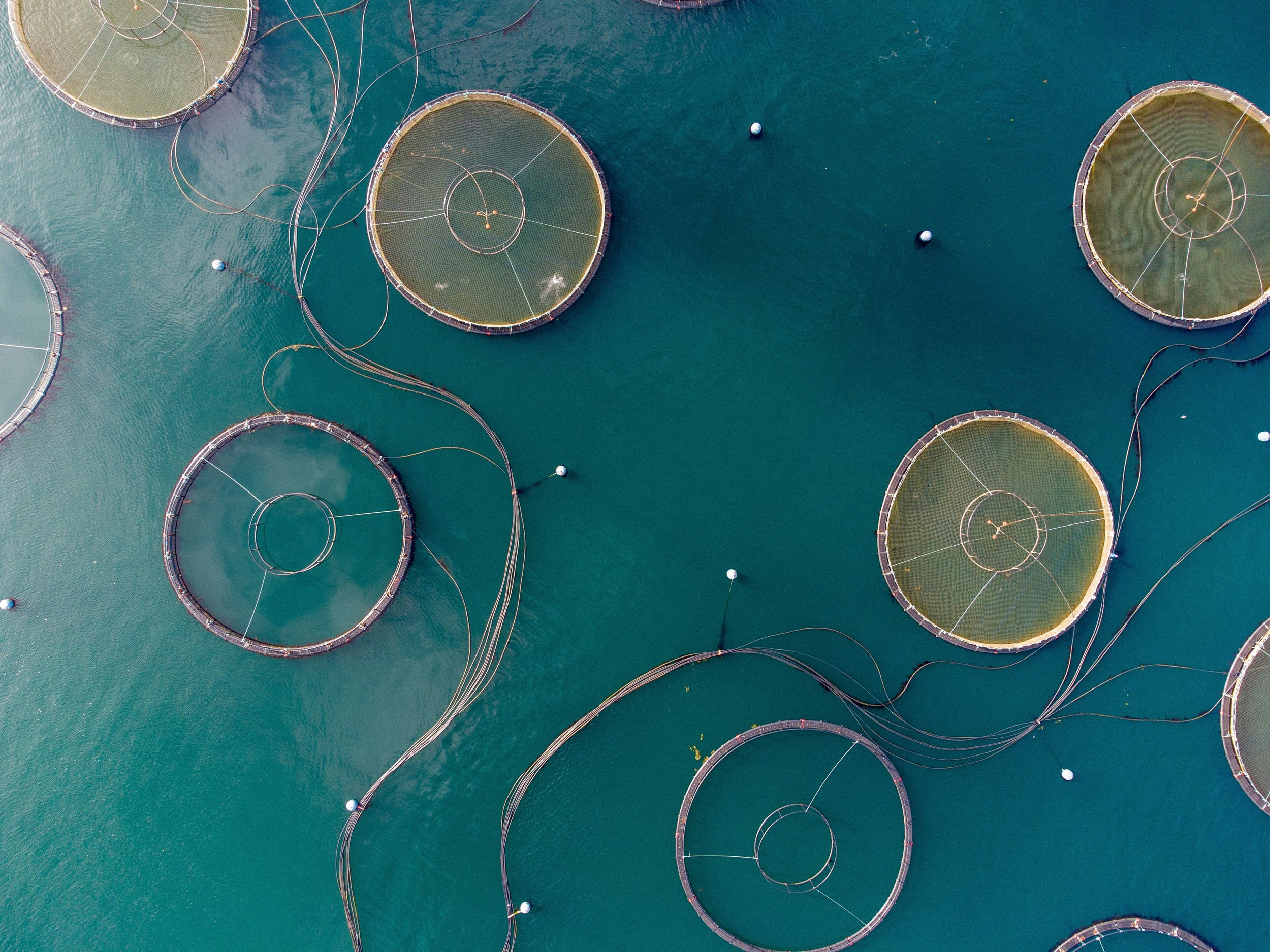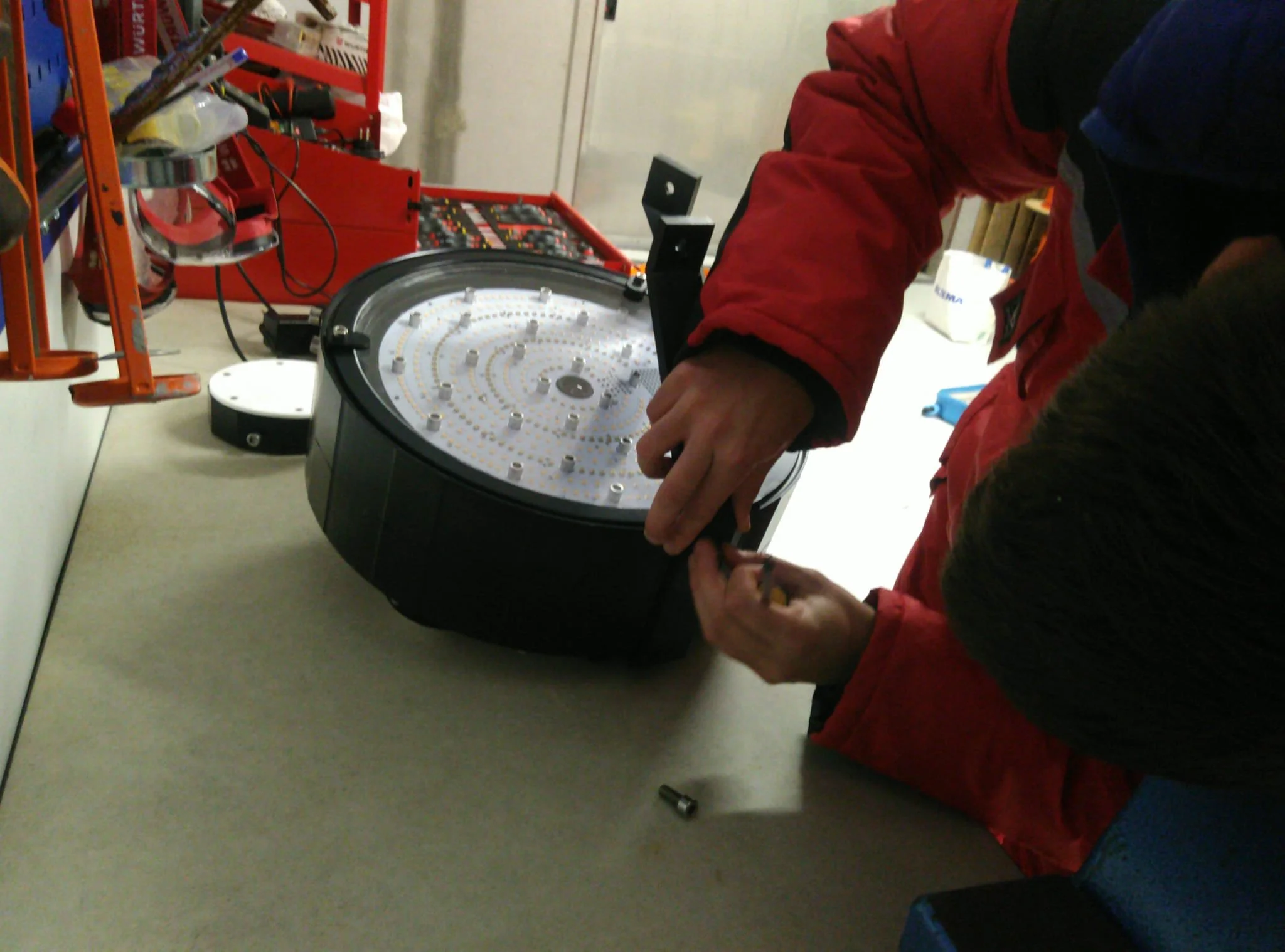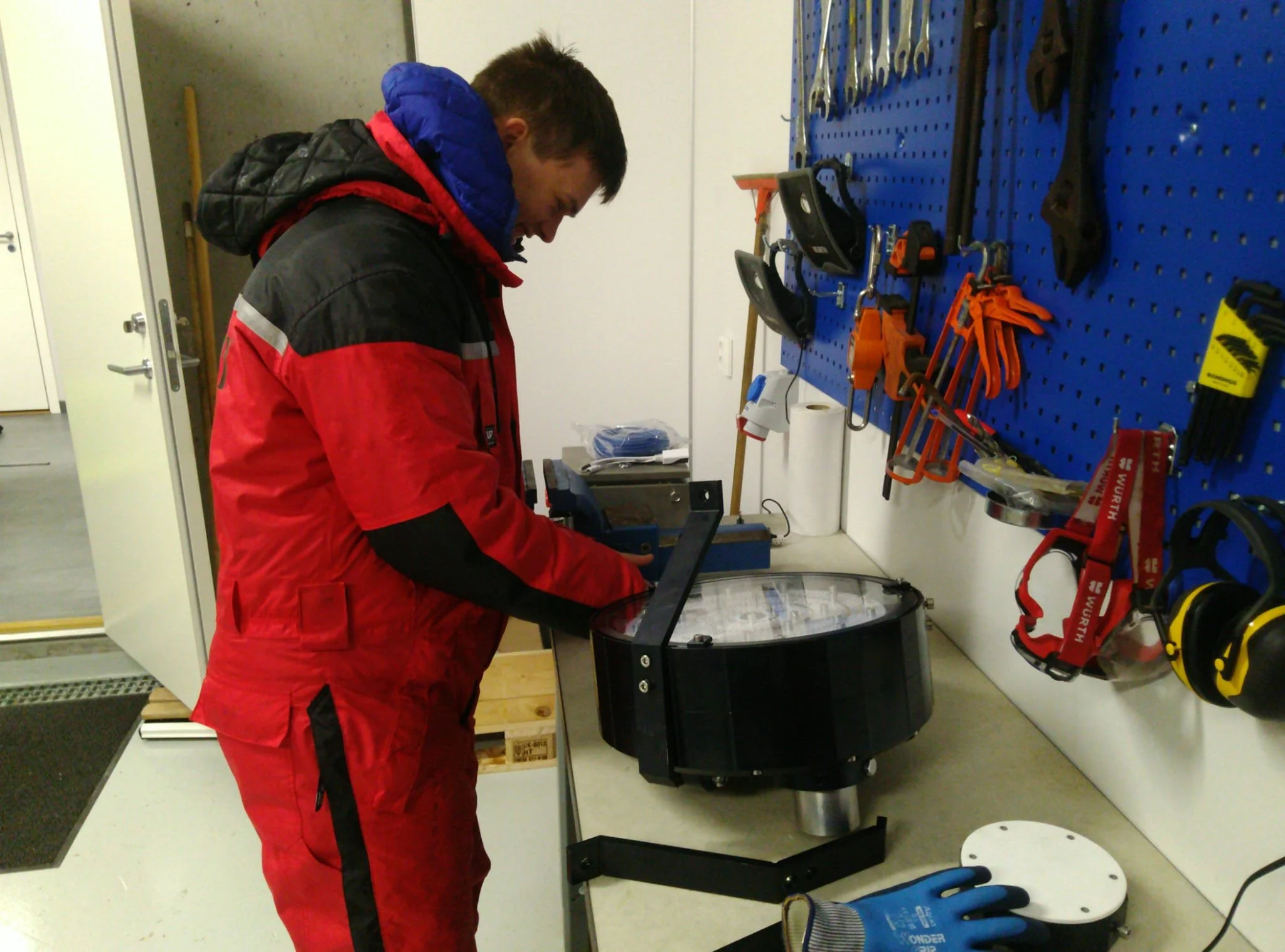Real-Time Ocean Intelligence for Aquaculture, Research, and Sustainability
Who we are
FP AQUA is at the forefront of transforming water management with innovative technology that addresses critical challenges for our planet and aquatic food production.
Using an underwater microscope and AI, we deliver continuous, automated insight into plankton and jellyfish blooms and other invisible threats before they become visible problems.
The challenge we’re solving
Sudden plankton blooms and jellyfish outbreaks are becoming more frequent and severe, driven by climate change and nutrient run-off. These invisible shifts cost farmers billions and degrade ecosystems.
FP Aqua provides continuous water intelligence to help farmers, regulators, and coastal managers detect and respond earlier.
Aquaculture
Aquaculture operations face increasingly frequent “invisible” threats such as harmful algal blooms and micro-jellyfish. These threats are often discovered too late, after the fish are already harmed.
Ocean Monitoring
Across coasts and open-water infrastructure, decision-makers and researchers lack continuous, fine-scale visibility of what’s moving through the water column.
Marine Biosecurity
Without effective water monitoring, authorities and operators risk responding only after invasive species have already been introduced and spread.

“A new paradigm is emerging with dynamic preventative approaches requiring seamless integration of early warning data solutions and various methods to combat emerging biological threats.”
Frederik Taarnhøj, Co-founder FP AQUA
What we do
We detect and monitor plankton with AI powered sensors and advanced data analytics to enable preventive solutions and improve ocean health.
Our AI-powered sensor technology continuously detects and classifies planktonic organisms - from harmful algae to micro-jellyfish, and other invisible threats. By identifying these organisms before they cause damage, we enable proactive management and prevention across aquaculture, coastal, and freshwater environments.
Our technology enables continuous real-time monitoring that integrates with interactive dashboards and web portals, allowing for energy-efficient measures with minimal environmental impact.
The result is reduced treatment costs, healthier fish stocks, and richer, more resilient marine and freshwater habitats.
-

AI Powered Sensor Technology
PlanktonSensor V4 detects microscopic threats before they cause harm to the fish, enabling warnings and timely preventative actions, earlier than ever.
-

Scientific Validation
Using innovative design and creative technology allows us to scaleswith future technology advancements within AI, detection and prediction, camera and sensor technology, and sustainable materials. Marine biologist (PhD level) verify all AI-based identifications.
-

Real-time monitoring
Our technology offers continuous real-time monitoring, allowing for activation of energy-efficient measures with minimal environmental impact.
-

Advanced data analytics
Simple API integration into web portals and interactive dashboards. Reporting and documentation fully integrates into your tools.
Our technology
PlanktonSensor V4™
PlanktonSensor V4™ extends its capabilities beyond zooplankton detection to a wider range of planktonic threats.
The system enables early identification of organisms such as micro-jellyfish and harmful algae using advanced AI and machine-learning models that distinguish between plankton species in real time.
Prototype testing with our technology partners
FAQs
Learn more about our technology
-
The sensor is designed to monitor zooplankton and phytoplankton that displays positive phototaxis and are attracted to the sensor. Plankton serve as critical indicators of marine ecosystem health, and their monitoring provides valuable early warnings of ecological changes.
-
The sensor utilizes 420 nm light to attract zooplankton.
-
Resolution is around 3 micrometers, which means that we are able to detect and classify zooplankton and phytoplankton, that display positive phototaxis, down to 100 micrometers. The upper limit for target organisms we can detect is around 3000 micrometers.
-
We train a compact inference model based on the auto clustered data, using a vision transformer for YOLO / Detectron2 object detection.
-
The submerged microscope uses a single cable for power and gigabit ethernet. Currently, all image and video data are uploaded to the shore through high-speed links. As we improve our auto-segmentation model, we'll only send the important parts of the images and videos to reduce data transfer. Eventually, our AI models will analyze the data directly on the submerged camera or an on-pen AI edge server, eliminating the need for high-speed data uploads.
-
Yes, FP Aqua can develop an API.
-
Yes, the technology can be adapted for monitoring various marine species and ecosystems beyond just salmon.
-
We provide crucial tools for assessing the state of marine ecosystems. By offering precise and continuous monitoring, the solution can identify early signs of ecological stress and evaluate the effectiveness of initiatives aimed at improving ocean health.
-
Partnerships are a critical component of our strategy. We are actively seeking additional partners for technology validation and future collaborations. We believe our technology aligns perfectly with the industry’s trend towards digitalization and partnerships.
Vacancies
Join our growing team
FP Aqua is at the forefront of transforming aquaculture with innovative technology that addresses critical industry challenges.
We invite you to join us in this exciting journey towards a sustainable and profitable future for global aquaculture.
-
Do you think your skills are a great fit for us? We would love to hear from you.
You will play a key role in shaping the future of our technology and driving our mission to make aquaculture more efficient and environmentally friendly.













